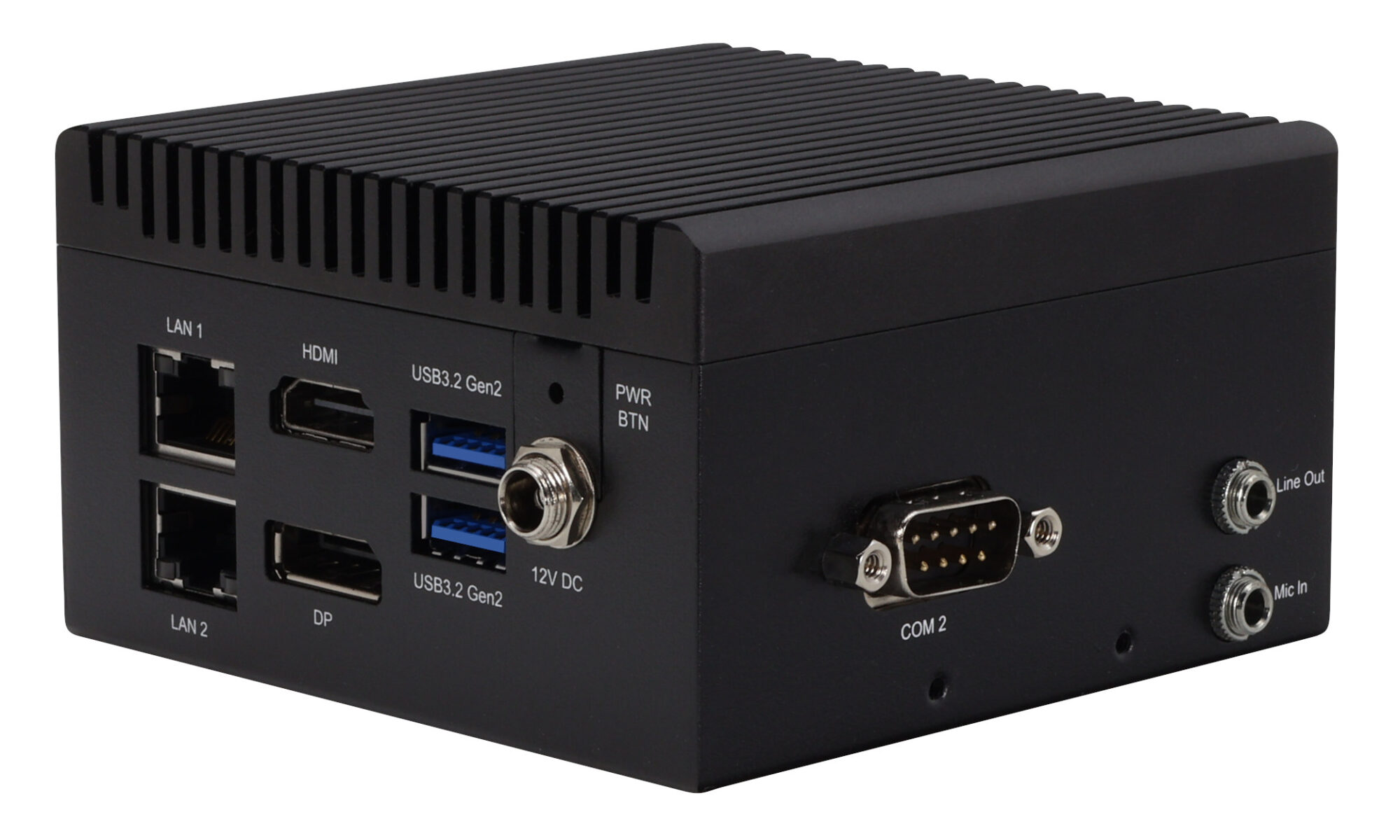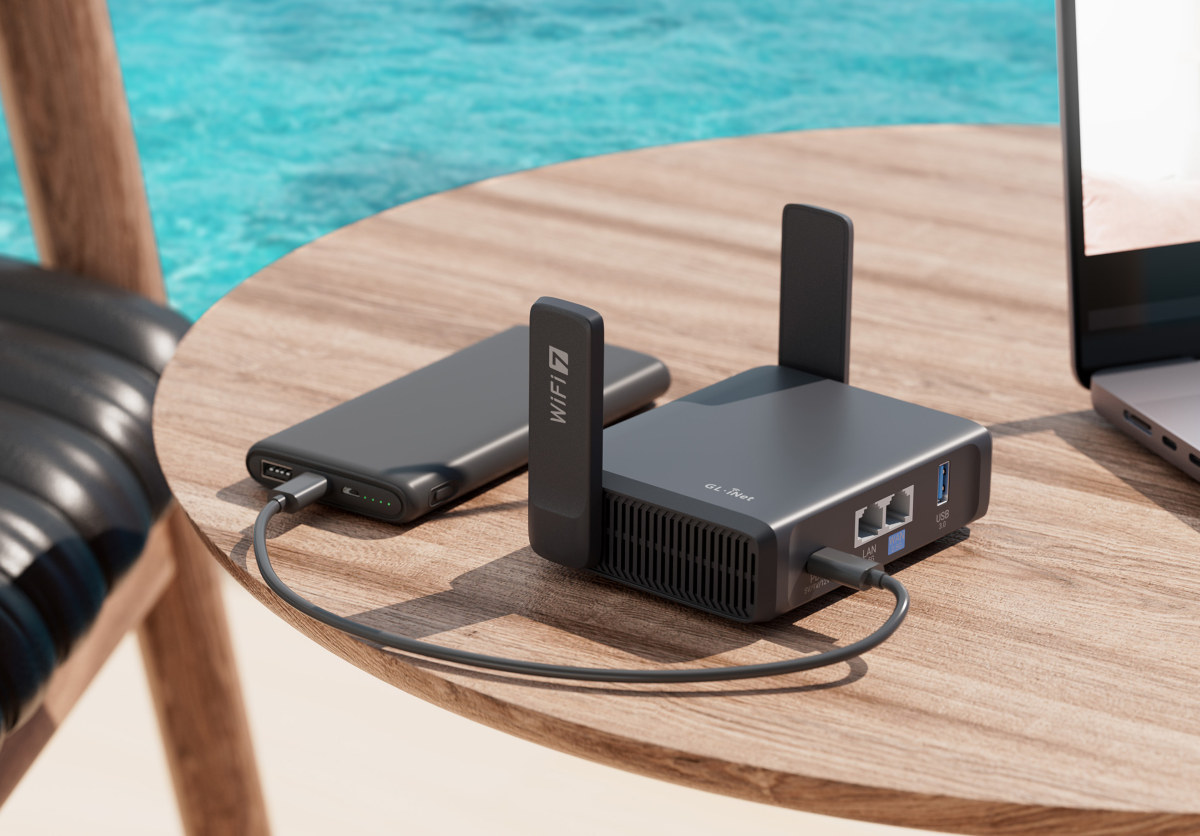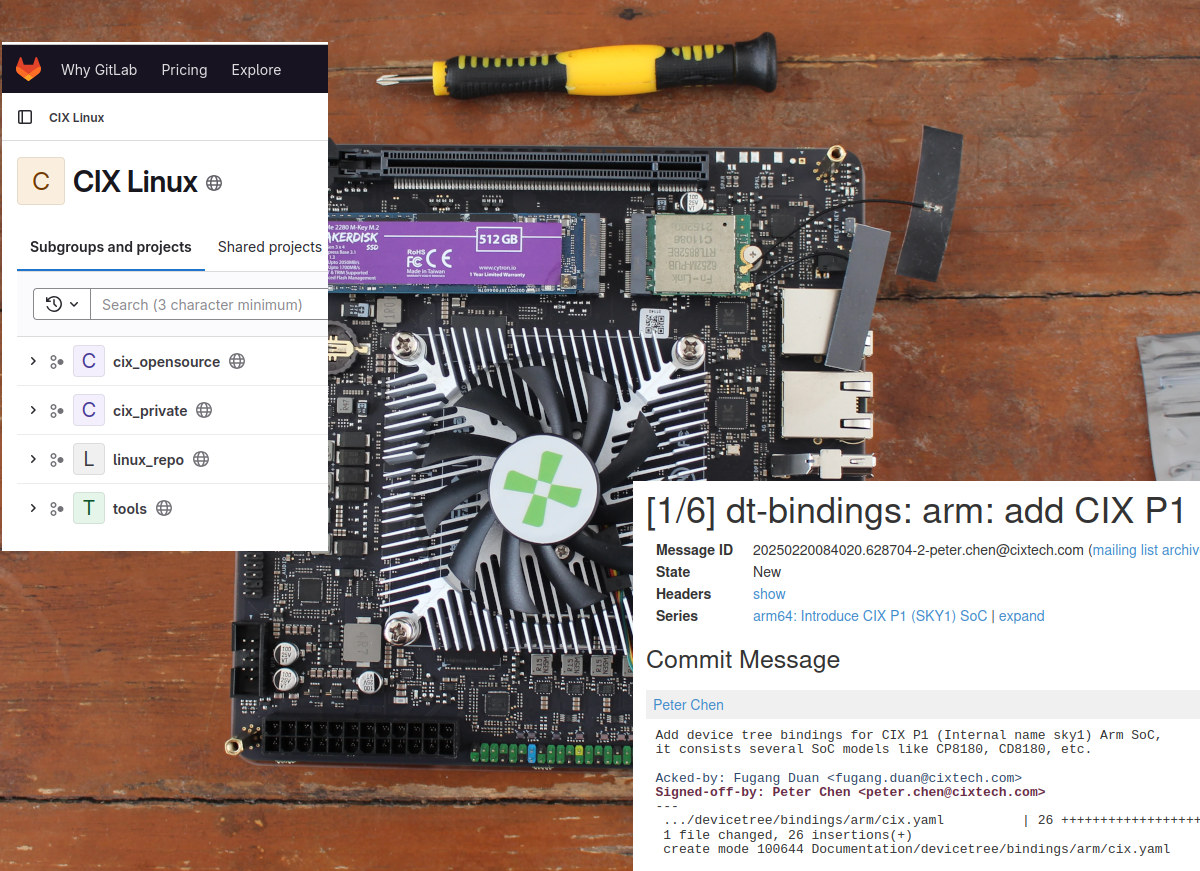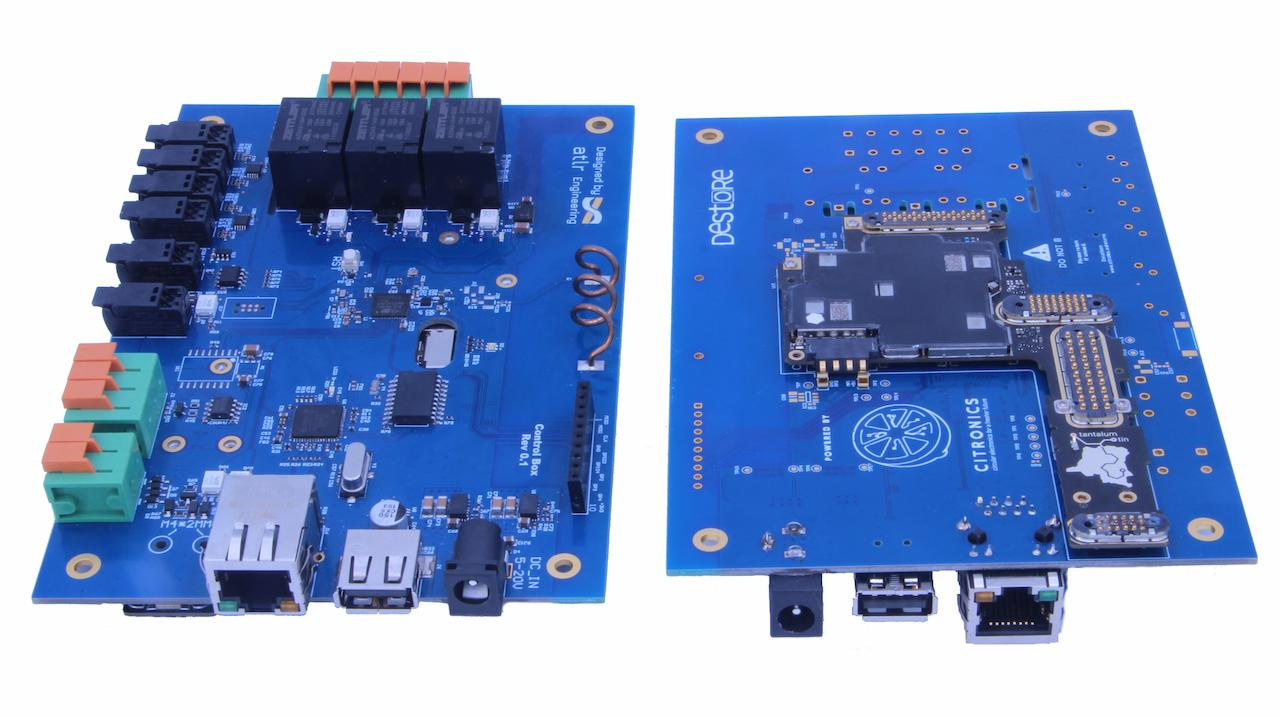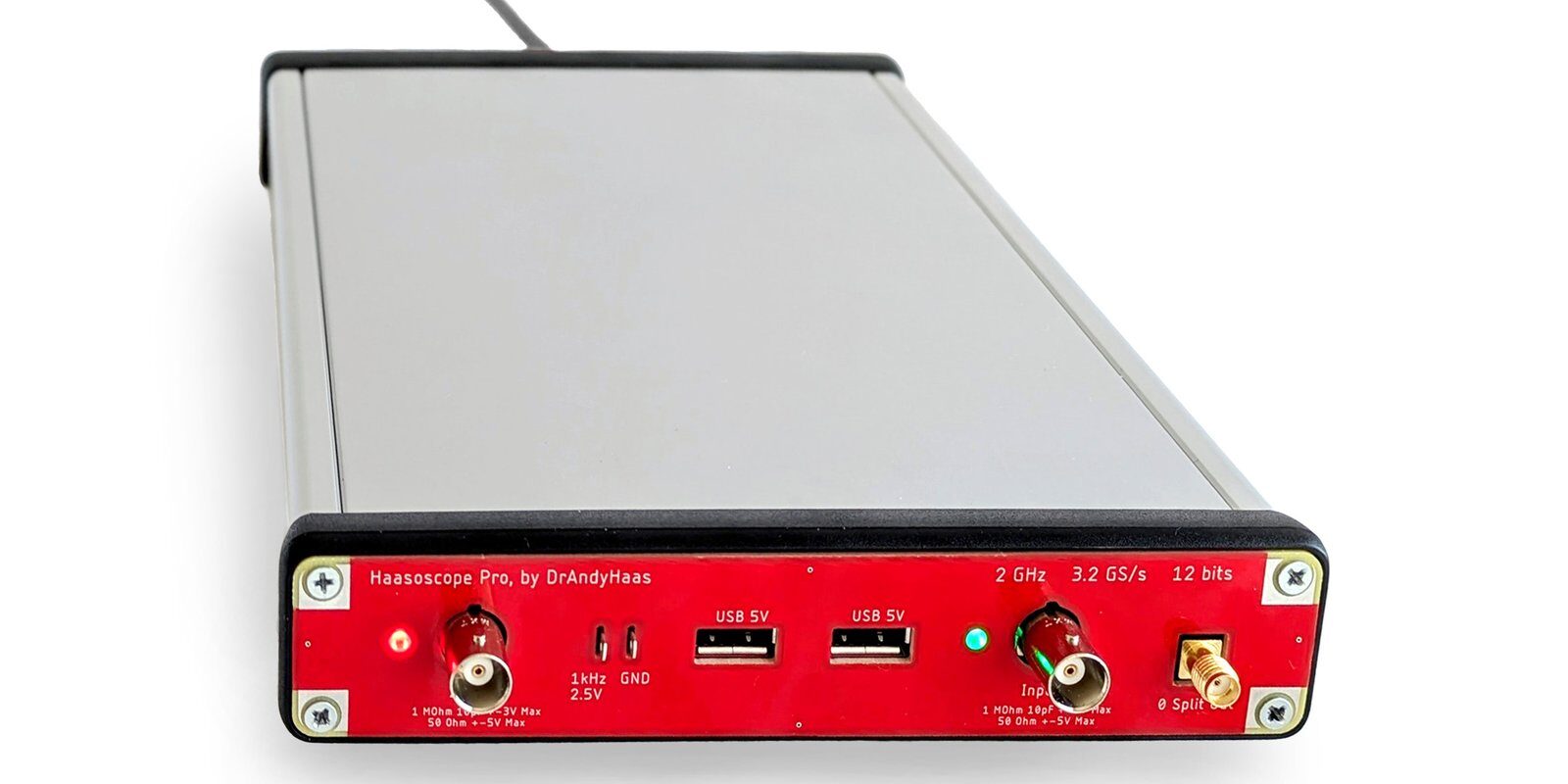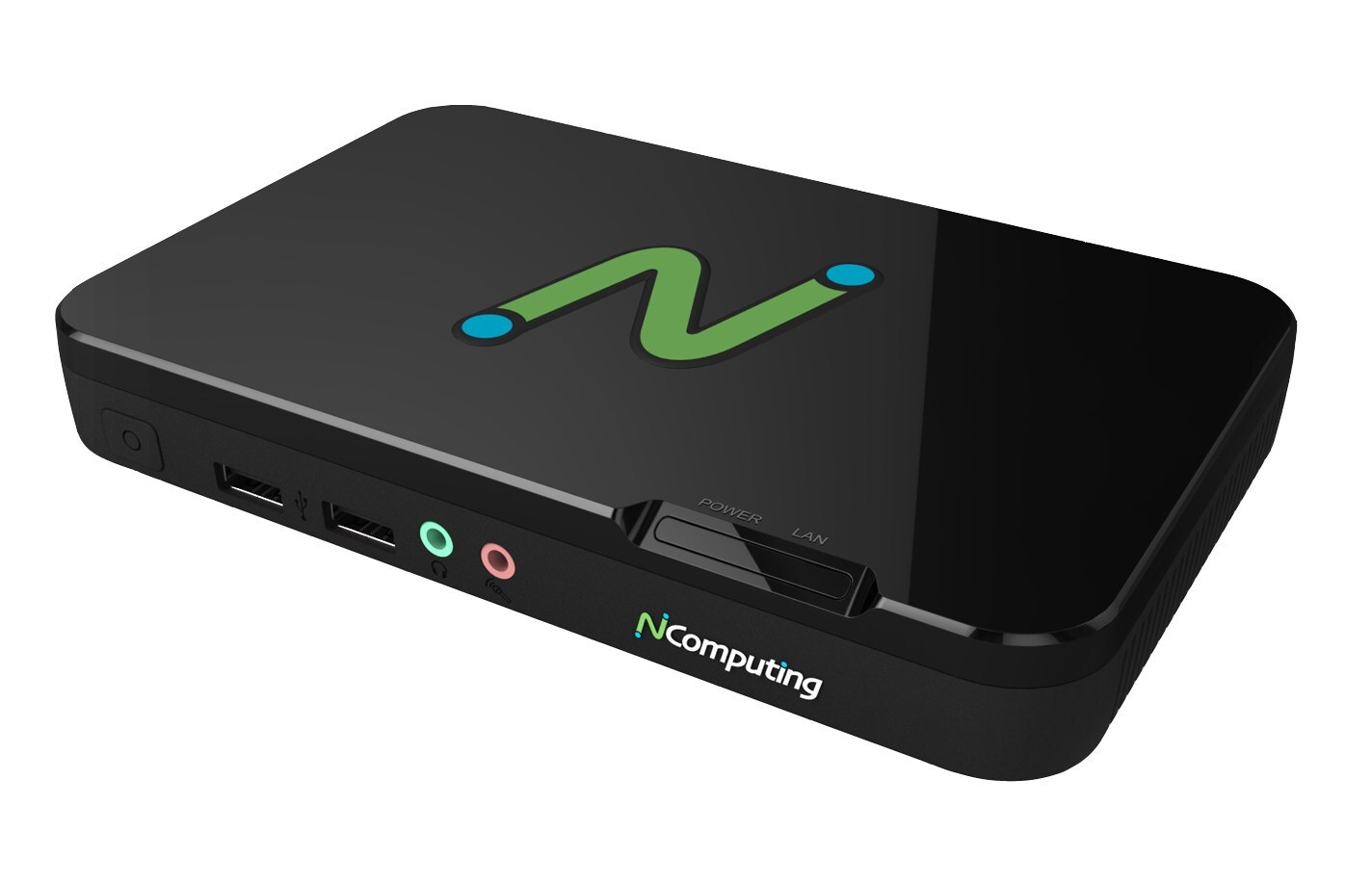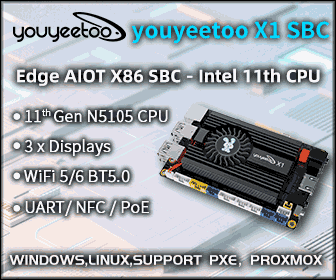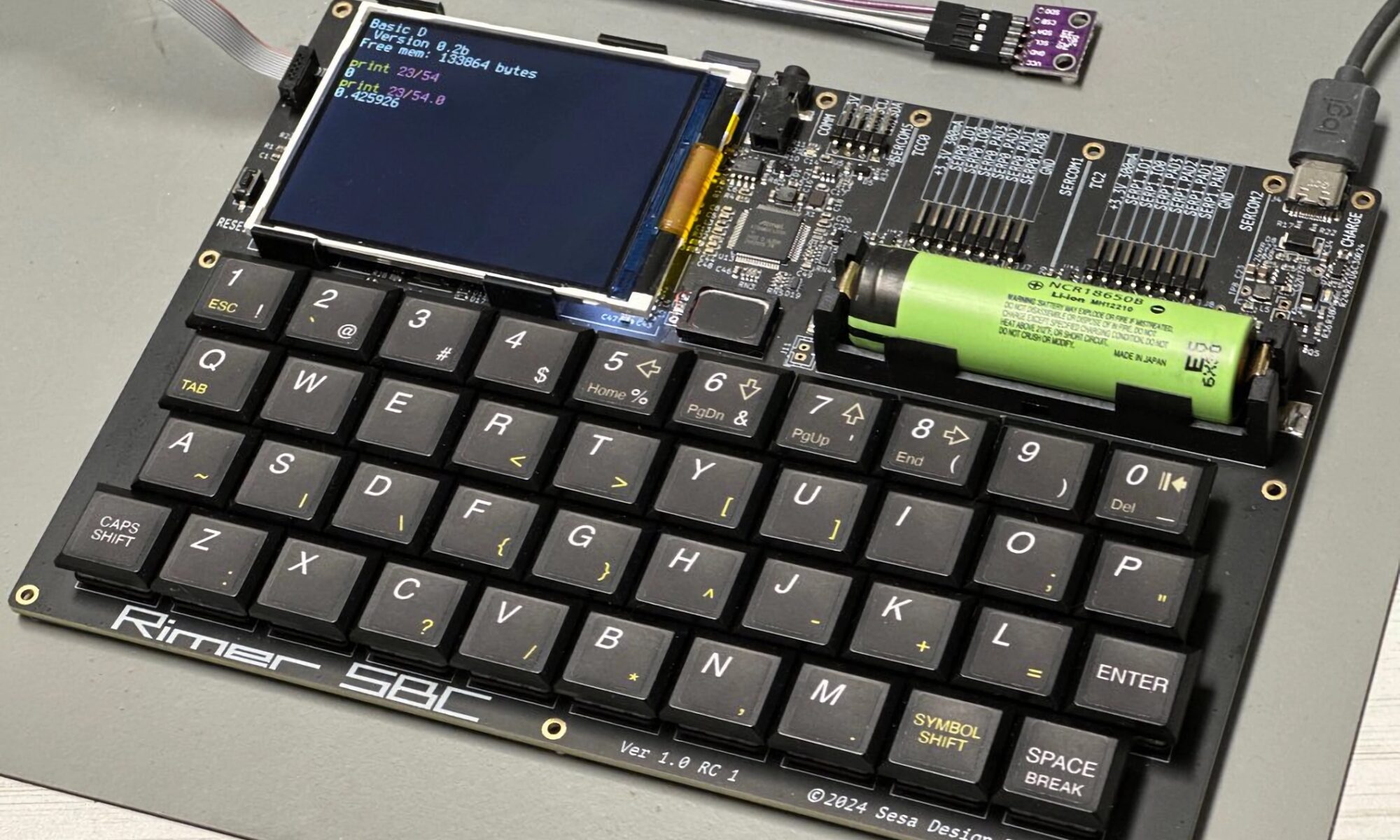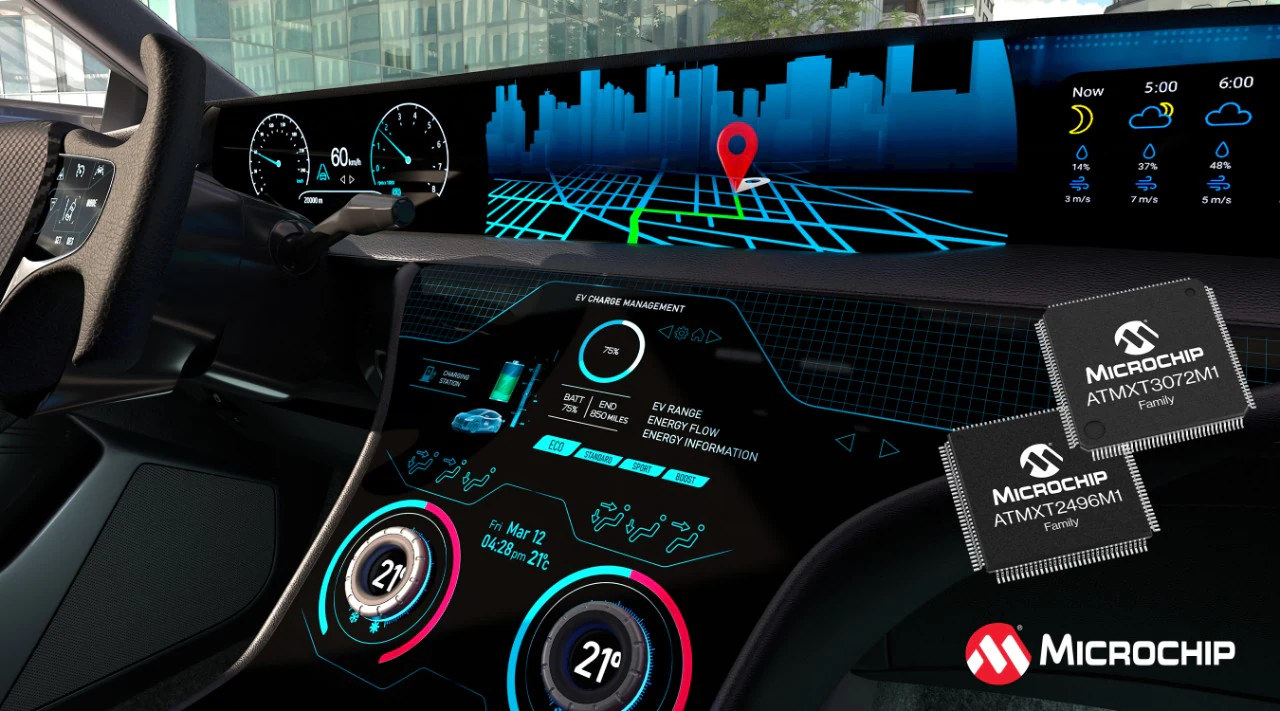UP Squared 7100 Edge fanless mini PC features Intel Processor N97 or N100 CPU for industrial automation
AEEON UP Squared 7100 Edge is a fanless industrial mini PC for edge applications powered by an Intel Processor N97 or Processor N100 CPU and based on the UP Squared 7100 SBC. The computer comes with up to 16GB LPDDR5, 128GB eMMC flash, M.2 sockets for storage and wireless expansion, HDMI and DisplayPort video outputs, two gigabit Ethernet ports, three USB 3.2 ports, two COM ports (RS232/RS485), and Line Out and Mic In audio jacks. The mini PC takes 12V DC up to 5A via a screwable DC lock and can operate in the 0 to 60°C temperature range. UP Squared 7100 Edge mini PC specifications: Alder Lake-N SoC (one or the other) Intel Processor N97 quad-core processor up to 3.6 GHz with 6MB cache, 24EU Intel UHD Graphics Gen 12 @ 1.2 GHz; TDP: 12W Intel Processor N100 quad-core processor up to 3.4 GHz with 6MB cache, 24EU […]


